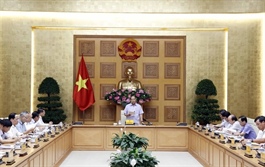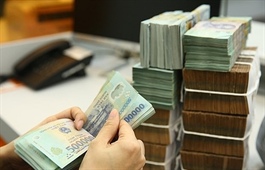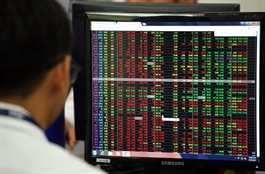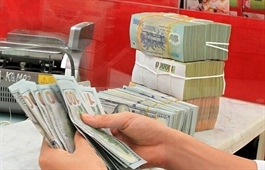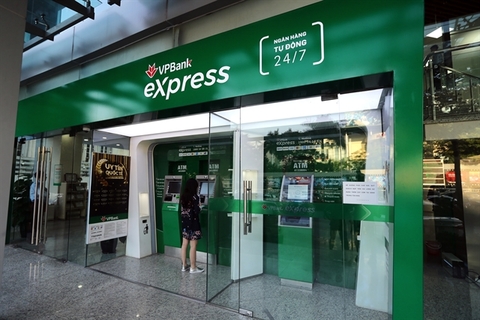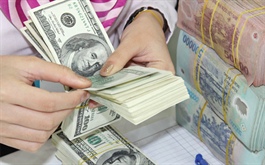Vietnam credit system overcomes biggest test yet in Covid-19: PM
Vietnam credit system overcomes biggest test yet in Covid-19: PM
While the banking has to continue its efforts to deal with bad debts, credit institutions are required to support the economic recovery efficiently, said Prime Minister Nguyen Xuan Phuc.
In the past six months, Vietnam’s credit system has not only overcome difficulties caused by the Covid-19 pandemic, its biggest test yet, but also plays a great part in ensuring the country’s positive economic growth, according to Prime Minister Nguyen Xuan Phuc.
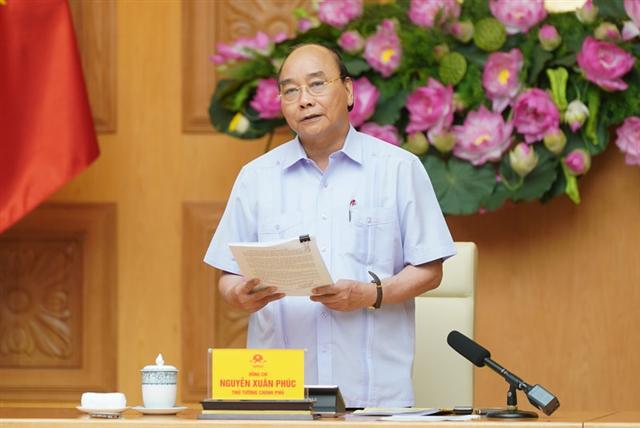
Prime Minister Nguyen Xuan Phuc at the meeting. Photo: VGP.
|
While the banking sector has to continue its efforts to deal with bad debts, credit institutions are required to support the economic recovery efficiently, Phuc said at a government meeting to discuss the results of the three-year implementation of Resolution No.42 on restructuring of credit institutions and handling of bad debt on July 27.
Over the past three years, the country's banking system has transformed significantly, Phuc asserted.
To date, its total assets and equity have increased by 5%, and more importantly, the bad debt ratio have been reduced to 1.63% of total outstanding loans, or 4.43% if included bad debts sold to the central bank – run Vietnam Asset Management Company (VAMC) and potential non-performing loans.
According to Phuc, state-owned commercial banks (BIDV, Vietinbank, Vietcombank, Agribank) continue to play a key role in the banking system, accounting for 42.8% of total assets and 47.9% of outstanding loans in the banking sector.
In the coming time, Phuc requested the banking system to step up restructuring process of credit institutions to ensure smooth operation and provide much-needed support for the economy during the Covid-19 crisis.
As of June 29, Vietnam’s credit growth stood at 3.26% against end-2019, a significant increase compared to a 1.96% expansion recorded at the end of May.
Governor of the State Bank of Vietnam Le Minh Hung said at a government meeting on July 2 this indicated the credit demand has partially recovered following low growth rates in April and May at 0.12% and 0.53%, respectively.



